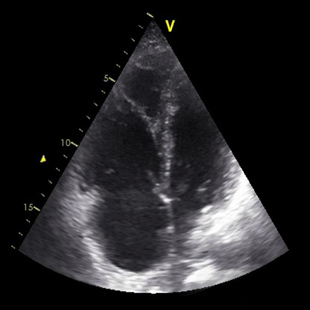Anaphylaxis in obstetrics - amniotic fluid embolism
Amniotic fluid embolism is a rare but very serious and dramatic complication in pregnancy. It is one of the most common causes of maternal death worldwide, with mortality approaching 80%. Diagnosis is based only on clinical signs, it is used the elimination procedure - "diagnosis per exclusionem". This algorithm describes from the perspective of an anesthesiologist this emergent situation and subsequent diagnosis.
Review
Amniotic fluid embolism (AFE) is a rare obstetric complication, one of the most dreaded, allied with mortality more then 80%. This pathological condition more than embolism reminds anaphylaxis. Actually used term is anaphylactoid syndrome in pregnancy. This learning algorithm shows very well how important it is to quickly recognise this critical condition. Conclusively, AFE is diagnosed post mortem. In practice, we use the clinical symptoms and follow the process of elimination - diagnosis per exlusionem. The algorithm shows the importance of cooperation of obstetrician, anesthesiologist and haematologist . There are capturing the main goal of therapy - oxygenation, maintaining cardiac output and blood pressure, treatment of coagulopathy. When a women in labour is basically stabilized, she is transfered to urgent Caesarean section if she had not delivered yet. Consequently, it is pointed out the importance of continuing intensive care for surviving women after managing the acute phase. I find out an information about follow-up, because many countries lack registers.
I consider this algorithm very accurate and successful, dealing with one of many critical conditions in obstetrics. The quick assessment of diagnosis and immediate start of treatment is the best result for survival of mothers.
Sources
ČERNÝ, Andrej, Antonín PAŘÍZEK a Patrik ŠIMJÁK. Embolie plodovou vodou – přehledový článek. Česká gynekologie. 2014, 79(4), 255-259. ISSN 1210-7832. Dostupné také z: http://www.prolekare.cz/ceska-gynekologie-clanek/embolie-plodovou-vodou-prehledovy-clanek-50262
HÁJEK, Zdeněk, Evžen ČECH a Karel MARŠÁL. Porodnictví. 3., zcela přeprac. a dopl. vyd. Praha: Grada, 2014. ISBN 978-80-247-4529-9.





